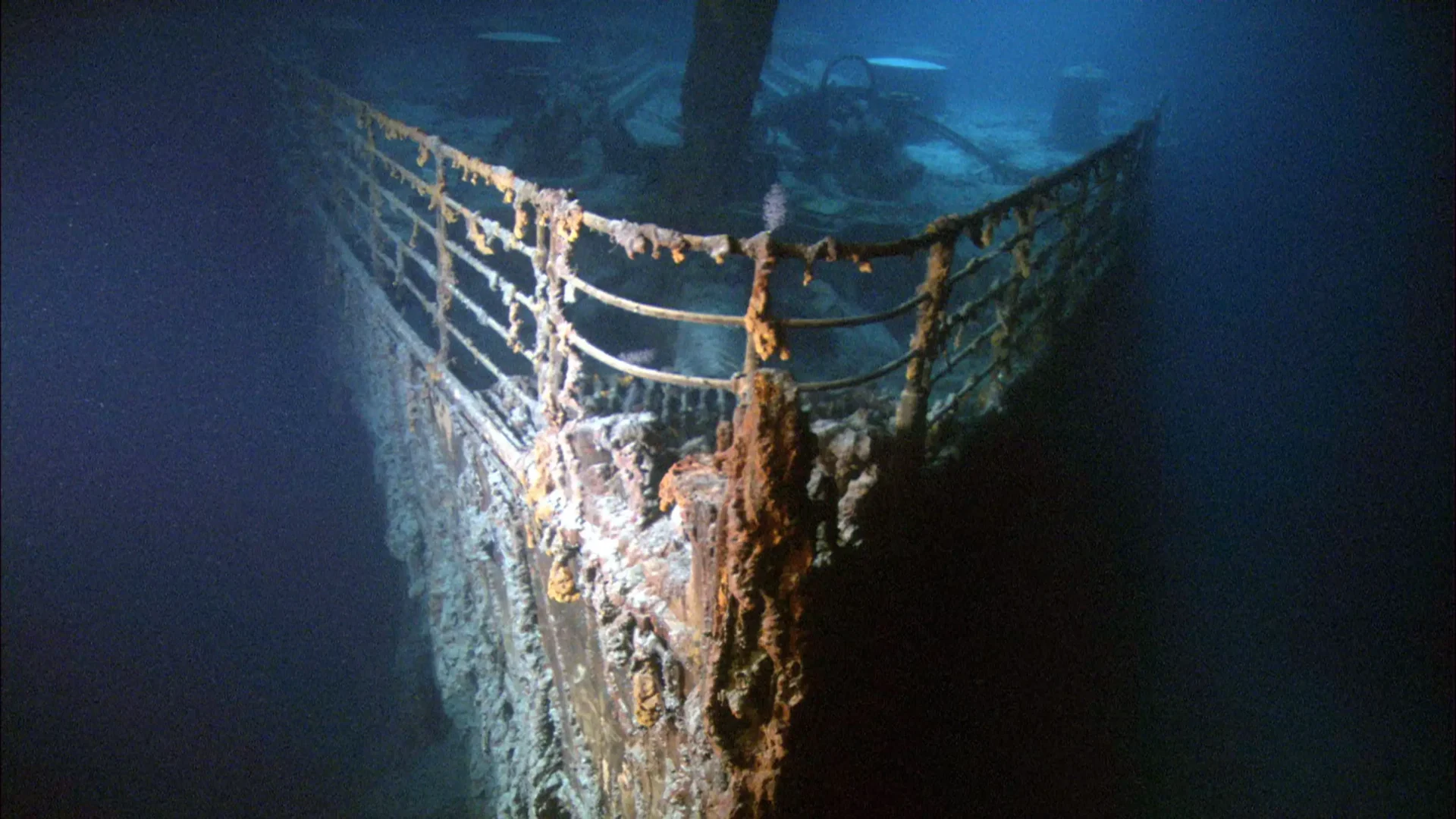Researchers have uncovered fresh details about Titanic’s final moments using incredibly detailed photogrammetry data.
Originally captured by sea mapping specialist Magellan in 2023, this dense 3D model features everything from the ship’s damaged hull to passengers’ individual shoes. At the time, the project made headlines around the world, but now fresh details have come to light that bring even more intrigue, by confirming accounts that Titanic’s crew fought valiantly to the very end.
“They kept the lights and the power working to the end, to give the crew time to launch the lifeboats safely with some light instead of in absolute darkness,” Titanic analyst Parks Stephenson told the BBC. “They held the chaos at bay as long as possible, and all of that was kind of symbolised by this open steam valve just sitting there on the stern.“
3,800 meters under the Atlantic, Titanic still lies on the seafloor, nearly 113 years to the day since it infamously struck an iceberg and sank en route from Britain to the United States.
Fast-forward to two years ago and Magellan’s team arrived on-site, captured some 700,000 images of the debris with underwater robots, and created a ‘digital twin’ of the remains. Given the ship’s folkloric reputation, this understandably captured people’s attention, but in the hands of analytic experts, this data is now unlocking entirely new insights about the disaster.
During the upcoming National Geographic special Titanic: Digital Resurrection, it will be revealed that passenger accounts of the crew’s bravery were spot on. Scans show that Titanic’s boilers were concave, suggesting they were still running as it sank. This tallies up with reports that the vessel’s lights were kept running to give passengers the best chance of survival.
705 people survived the Titanic’s sinking, but not a single one of these was an engineer, reflecting the bravery of those who stayed behind to save the lives of others.
As part of the documentary, the scan data was also fed into a simulation software that revealed how the ship sank from a glancing blow it suffered along its side. Although many of the holes were small – just the size of an A4 piece of paper – the vessel was unable to stay afloat as they each filled with water, flooding six of its compartments and ultimately sealing its fate.
You can find out more about Titanic: Digital Resurrection here. Or discover how a very similar approach was used to digitize Shackleton’s lost ship late last year.






